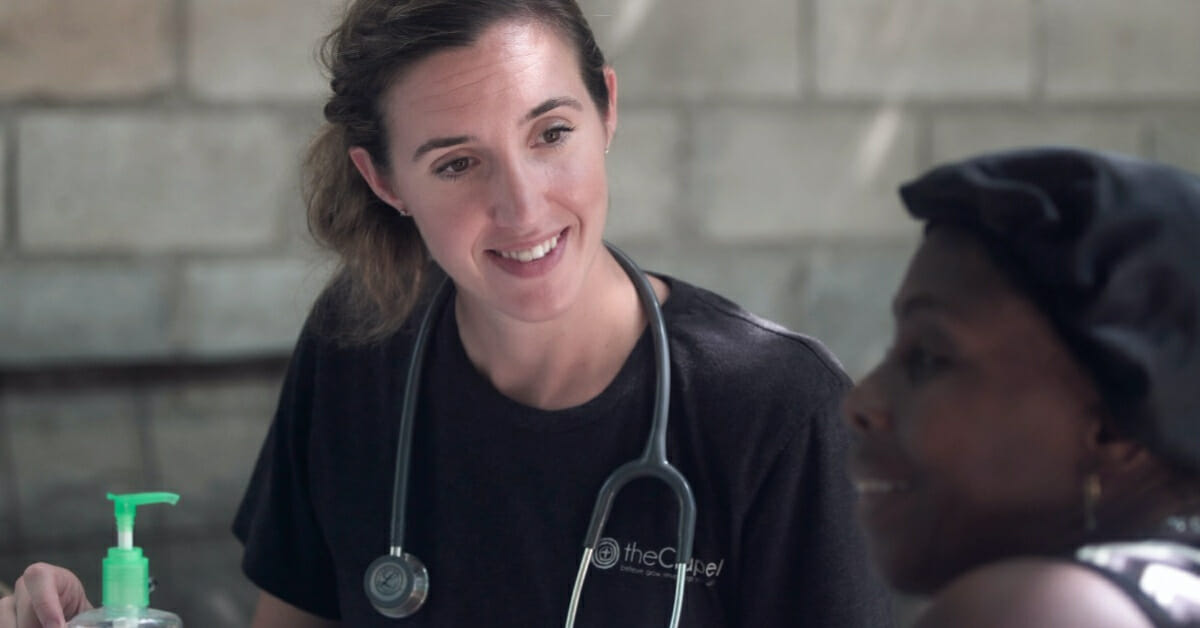Dermatology is the branch of medicine that focuses on the study, diagnosis, and management of disorders of the skin. These include a multitude of conditions, from the very common acne vulgaris and burns to malignancy and the cutaneous manifestations of autoimmune diseases.
For optimal understanding, the student must be familiar with the histology of the skin, including its basic structure, types, and annexed components (follicles, sweat glands, and nails). Adequate study of skin lesions requires a paused process of observation to ensure greater retention.
Dermatologic conditions are a very common complaint around the world, as the skin is a very prized and sensitive component of an individual’s appearance and sense of self-worth. Since the patient can see the ailment constantly, it can be very distressing.
The competent healthcare provider must have an excellent “eye” for skin lesions and be able to differentiate between dermatologic conditions. Additionally, the provider must also be knowledgeable of the dermatologic manifestations of systemic diseases, such as autoimmune conditions (e.g. systemic lupus erythematosus), metabolic conditions (e.g., acanthosis nigricans in diabetes mellitus), or malignancy (e.g. dermatomyositis in lung cancer).
Learning objectives
After the completion of this course, you will be able to:
- Describe skin histology and physiology, and understand their relevance in the pathophysiology of skin disorders.
- Evaluate epidemiology, etiology, and risk factors of common skin conditions.
- Demonstrate comprehensive skin examination techniques and history-taking.
- Explain the pathophysiology and triggers of common skin conditions.
- Identify clinical presentations and anatomical distribution patterns across different skin tones.
- Differentiate between local and systemic skin manifestations.
- Generate appropriate differential diagnoses for common skin conditions.
- Apply diagnostic testing strategies for skin conditions requiring specific confirmation.
- Describe management approaches, including pharmacological, non-pharmacological, and surgical interventions.
- Evaluate skin malignancies, including staging criteria and prognosis.
- Analyze dermatological manifestations of systemic diseases, including paraneoplastic syndromes.
Course outline
- Physiology and Histology Review
- Physical Examination
- Allergic and Immune-mediated Skin Disorders
- Skin Infections
- Neoplasms of the Skin and Paraneoplastic Syndromes
- Miscellaneous Skin Disorders
- Dermatology for Darker Skin Tones

